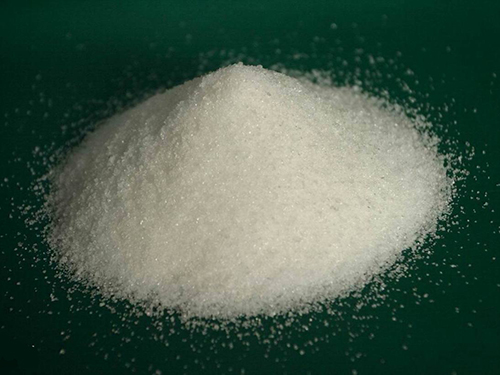Exploring the Applications and Benefits of Hydroxyethylidene Diphosphonic Acid in Various Industries
Understanding 1-Hydroxyethylidene-1,1-Diphosphonic Acid (HEDP)
1-Hydroxyethylidene-1,1-diphosphonic acid (HEDP) is a vital compound in various industrial applications, particularly in the fields of water treatment and corrosion inhibition. As a phosphonate compound, HEDP exhibits unique chemical properties that make it highly effective in controlling scale formation and corrosion in aqueous systems. This article explores the characteristics, applications, and benefits of HEDP.
Chemical Structure and Properties
HEDP has a molecular formula of C2H8O7P2 and is characterized by its two phosphonic acid groups and a hydroxyl group. The structure can be visualized as having a central ethylene component that connects the two phosphonic groups, which are responsible for its strong chelating ability. This chelation allows HEDP to bind with metal ions, preventing the formation of insoluble scale in water systems. The compound is typically a colorless liquid or a crystalline solid and is soluble in water, making it easy to integrate into various formulations.
One of the critical aspects of HEDP is its stability. It remains stable across a wide range of pH levels, making it effective in both acidic and alkaline environments. This feature is particularly advantageous in industrial settings where water chemistry can fluctuate.
Applications of HEDP
HEDP is widely used in water treatment, particularly in systems where scaling and corrosion pose significant operational challenges
. Below are some of its primary applications1. Scale Inhibition HEDP is especially known for its ability to inhibit the formation of calcium and magnesium scales in cooling water systems, boilers, and other industrial systems. By chelating these metal ions, HEDP prevents their precipitation, thereby maintaining system efficiency and reducing maintenance costs.
2. Corrosion Inhibition In addition to scale control, HEDP functions as an effective corrosion inhibitor. It protects metal surfaces from oxidizing agents, thereby extending the life of equipment and pipelines. This property is essential in industries such as oil and gas, where equipment is exposed to harsh conditions.
1 hydroxy ethylidene 1 1 diphosphonic acid hedp1

3. Detergent and Cleaning Agents HEDP is incorporated into some detergent formulations due to its ability to enhance cleaning efficiency. By softening water, it allows detergents to work more effectively against dirt and grime.
4. Agricultural Use HEDP is also used in agriculture as a chelating agent for micronutrients, improving the availability of essential minerals to plants. This application is crucial for enhancing crop yields and ensuring soil health.
5. Oil and Gas Industry In the oil and gas sector, HEDP is used in formulations for enhanced oil recovery and in the treatment of produced water. Its scale and corrosion inhibition properties are invaluable in maintaining the integrity of extraction equipment.
Environmental Considerations
While HEDP is highly effective, its environmental impact is a concern. It is considered more environmentally friendly compared to traditional phosphates, as it does not contribute to eutrophication—a process that can lead to harmful algal blooms in water bodies. However, responsible use and disposal are necessary to minimize any potential environmental risks.
Conclusion
1-Hydroxyethylidene-1,1-diphosphonic acid (HEDP) plays a crucial role in modern industrial applications. Its unique properties as a scale inhibitor and corrosion protector make it indispensable in various fields, including water treatment, agriculture, and oil and gas. Moreover, its stability across pH ranges and its chelating ability enhance its efficacy in maintaining system efficiency.
As industries continue to seek sustainable and efficient solutions, HEDP stands out as a valuable chemical with a wide range of applications. Its growth in usage underscores the importance of innovative chemicals in addressing contemporary challenges in water management and industrial maintenance. By understanding and leveraging the benefits of HEDP, industries can improve their operations while minimizing environmental impacts.
-
Dodecyldimethylbenzylammonium Chloride: High-Purity DisinfectantNewsAug.30,2025
-
2-Phosphonobutane-1,2,4-Tricarboxylic Acid: Scale & CorrosionNewsAug.29,2025
-
Premium Isothiazolinones | Broad-Spectrum Biocidal SolutionsNewsAug.28,2025
-
LK-319 Special Scale And Corrosion Inhibitor For Steel Plants: Advanced Solutions for Industrial Water SystemsNewsAug.22,2025
-
Flocculant Water Treatment: Essential Chemical Solutions for Purification ProcessesNewsAug.22,2025
-
Isothiazolinones: Versatile Microbial Control Agents for Industrial and Consumer ApplicationsNewsAug.22,2025





